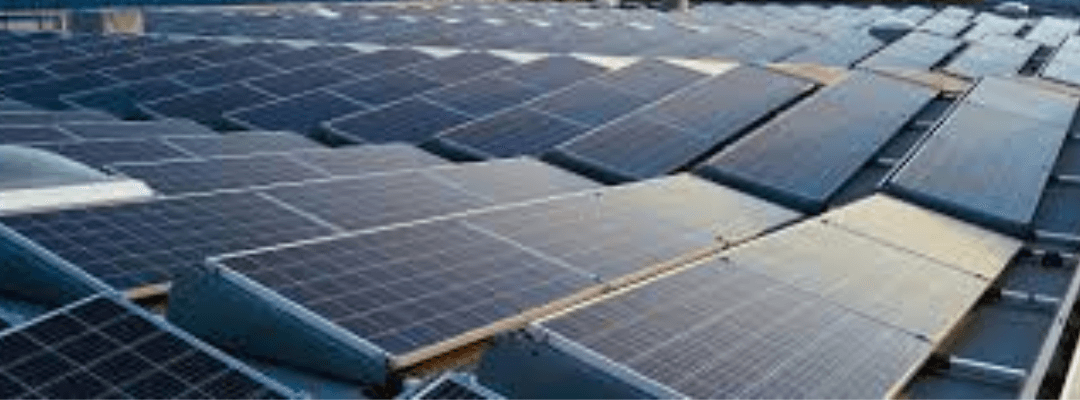Understanding the OPEX Model in Solar Energy
The Operational Expenditure (OPEX) model for solar farms is a financing approach that allows businesses to adopt solar energy without large upfront investments. Unlike the Capital Expenditure (CAPEX) model, where organizations purchase and own solar infrastructure, the OPEX model enables them to lease solar equipment or pay for the energy generated, often through a Power Purchase Agreement (PPA).
For farmers and agri-businesses exploring agricultural solar solutions, this model offers a low-risk, cost-effective way to transition to renewable energy while improving sustainability.
Advantages of the OPEX Model
Zero or Minimal Upfront Investment
One of the most significant benefits of the OPEX model is that it removes the financial barrier to solar adoption. Businesses can access solar power without heavy capital expenditures, making it an ideal option for organizations with budget constraints or other investment priorities.
Fixed and Predictable Energy Costs
By opting for an OPEX solar model, businesses can secure fixed-rate payments for electricity, shielding them from the fluctuations of grid energy prices. This ensures better financial planning and cost predictability over time.
Hassle-Free Maintenance and Performance Management
Unlike CAPEX models, where the owner is responsible for maintenance, the service provider in an OPEX agreement typically handles:
- Regular maintenance to ensure system efficiency
- Performance monitoring to maximize energy output
- Repairs and troubleshooting, reducing downtime and operational risks
No System Performance Risks
With an OPEX arrangement, businesses do not bear the technical risks associated with system inefficiencies or equipment failures. If the system underperforms, the service provider is accountable for fixing the issue, ensuring consistent energy production.
Scalability and Flexibility
As energy demands grow, businesses can expand their solar capacity without additional capital investments. Many OPEX contracts allow for system scaling as operational needs evolve.
Tax and Financial Benefits
In some regions, OPEX solar agreements may qualify as operational expenses, making them tax-deductible. This can provide additional financial relief compared to CAPEX models, where tax benefits depend on depreciation rates.
Immediate Energy Cost Savings
Businesses start saving on energy costs from day one. Since there’s no waiting period for ROI, the cost benefits are instantaneous, unlike CAPEX models, where savings accumulate over time.
Challenges of the OPEX Model
Higher Long-Term Costs
Although the OPEX model eliminates upfront costs, long-term payments can exceed the cost of outright system ownership. Businesses should conduct a cost-benefit analysis to determine whether the cumulative payments outweigh the savings.
Contractual Commitments & Limited Flexibility
Most OPEX models require long-term contracts (typically 10–25 years), which may not be ideal if:
- Energy needs change due to business expansion or shifting operations
- Alternative energy solutions become more attractive in the future
- Early termination clauses impose financial penalties
No Ownership, No Asset Value
Since businesses do not own the solar infrastructure, they miss out on residual value after the contract ends. This means they:
- Cannot sell the system for asset recovery
- Do not benefit from depreciating the asset for tax purposes
Complex Agreement Terms
OPEX contracts can be legally complex, with clauses related to:
- Escalation of energy prices over time
- Maintenance and system performance guarantees
- Early termination fees
Understanding these terms is critical to avoid unexpected financial burdens. Businesses should seek legal and financial advice before signing agreements.
Potentially Lower Savings Compared to CAPEX
While OPEX models offer immediate savings, the total cost of ownership in a CAPEX model could be lower in the long run. Businesses that can afford the upfront cost may achieve higher financial returns by owning their solar system outright.
Credit & Eligibility Requirements
To qualify for an OPEX agreement, businesses often need:
- Strong credit scores or financial stability
- Demonstrated energy consumption patterns
- A stable operational outlook for long-term commitments
This excludes startups, small businesses, or financially unstable enterprises from benefiting.
Key Considerations Before Choosing the OPEX Model
- Assess Energy Needs: Determine long-term energy consumption trends before committing to a contract.
- Compare OPEX vs. CAPEX Costs: Calculate total lifetime costs under both models, including energy savings, tax benefits, and maintenance expenses.
Understand Contract Terms: Carefully review clauses related to:
- Energy pricing and annual escalation rates
- Maintenance and system performance guarantees
Exit options and penalties
Evaluate Service Provider Reputation: Choose reliable solar providers with a proven track record of system performance and contract transparency.

